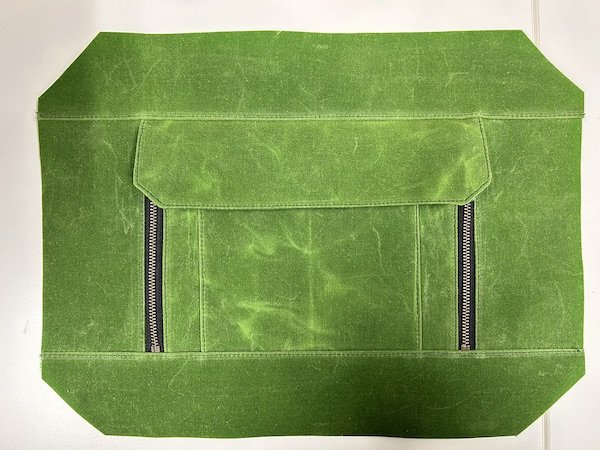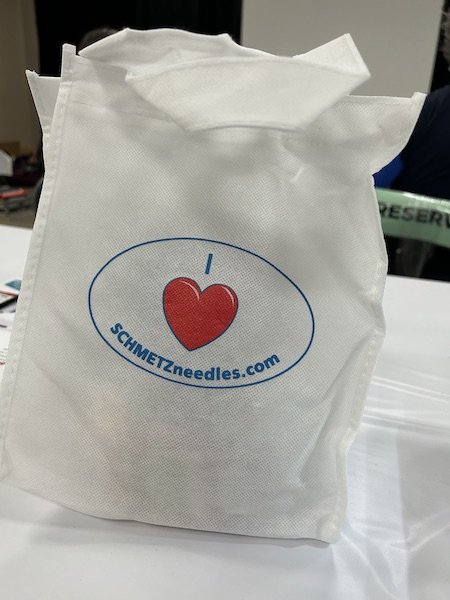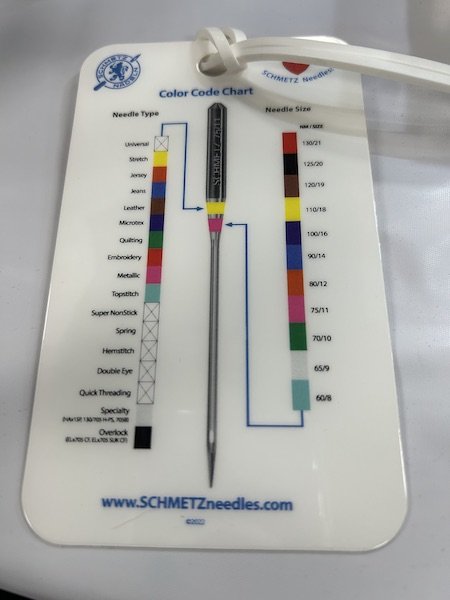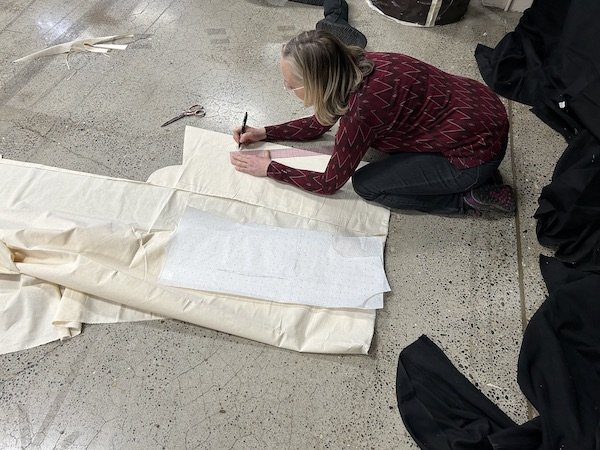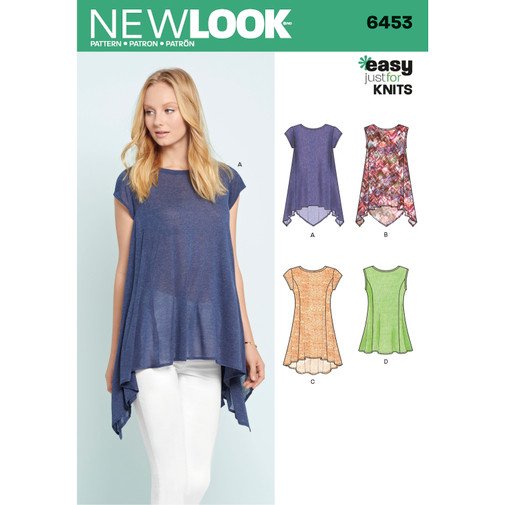Playing the Peep Lottery
The farm store puts out a chick schedule every February. The schedule lists all of the chicken breeds they expect to get from the hatchery, by week and number of chicks. I always grab a copy of the schedule as soon as it comes out so I will be able to time my chick purchases. Historically, getting chicks has not been an issue. In 2020, however, when everyone and his brother decided to take up farming, chicks were selling out within a few minutes of arriving at the store, so I bought an incubator. I incubated 25 eggs that year. Of the 25 eggs, 17 hatched, and we ended up with eight hens and nine roosters. If it weren’t for the excess roosters, I’d do that every year, but having that many teenage roosters hassling the hens by the time fall rolls around is a major pain.
[Dave came from that 2020 hatch. At some point, I will have to incubate some eggs because I’ll have to replace him and I want to keep his genetics. He is a stellar rooster.]
I used to have a system where I would get a different breed of chicken every year. I would know which hens belonged to which year, and the oldest ones would get butchered in the fall, on a three-year rotation. My 2020 chicks were all mixed breeds. The next year, I had to do half of one breed and half of another because I couldn’t get enough of the same breed. The husband also brought home some cast-off hens from a customer of his who raises show chickens. Thus, my tracking system has been completely shot to hell. I am trying to get it back in place. I think we’re feeding a lot of chickens who are no longer laying. We usually butcher in the fall, but I suggested to the husband that we might do some this spring if we can find a time.
Because of egg prices, and because everyone thinks that it’s possible to go from 0 to 60 in one farming season, the farm stores have been selling out of chicks quickly again. Tera’s husband had to wait in line a few weeks ago, so I knew I had to be at the store early. I arrived yesterday at 7:20. The store didn’t officially open until 7:30, but just as I pulled up, a couple of employees were unlocking the door. All of us in the parking lot jumped out of our cars and went inside. The woman handling the chick sales was handing out cards with numbers. Initially, I got #6, but she came back a few minutes later and said her numbers were messed up. She traded me #4 for #6.
We had to wait another half an hour for them to start selling the chicks, but that gave me time to check out the available breeds and eavesdrop on the conversations around me. (This is serious business. You bet I am going to gather intelligence.) The guy at the head of the line was there to get chicks for his daughter. He had a “Beginning Poultry Kit” in his cart. Given that and the number of questions he was firing at the employee, it was obvious this was his first rodeo.
Also ahead of me was a couple about my age and a father with a young boy. The father and son looked at every single breed of chicken and debated the merits of each. I had my eye on the Pearl White Leghorns, not because I like them—Leghorns are absolute divas in the chicken department—but because I wanted either a white breed or a red breed and there were no red ones. I also checked to make sure the store hadn’t put limits on sales.
At 8:00 am, the young woman in charge invited the first guy in line to choose his chicks. He took five. The next couple got two. (I suspect all of those chickens are going to be pets, not livestock.) The father and son took 10 of the Leghorns. The store only got 25 in the shipment, so that left 15. I took those. I would have liked 20, but I was happy to get the ones I got.
The husband had turned on the heat lamp before he left so the brooder box would be warm when I got home. The chicks moved right in:
I checked on them several times during the day yesterday. The brooder box is in the old garage, and it’s much easier to raise chicks in there than in the coop like we used to do.
I am glad to have that off the list.
After the chicks were settled, I finished quilting bear paw baby quilt #2 of 4. It’s trimmed and awaiting binding. I redid the top zipper on the Ravenwood bag—the one I screwed up last week—and added the D-rings to the side gussets. I also traced the Allie Olson Coram Top:
I’ve had this pattern for over a year. I thought I had already traced it, but apparently not. The Allie Olson patterns come in cup sizes. I want to see how this compares to the Burda raglan top I made a muslin for a few weeks ago. I am no fan of the hi-lo hem, however, and I need the additional length, so I extended the front to be the same length as the back.
I also talked to the class coordinator at the quilt store south of town. We’ve got dates on the calendar through the end of 2023. Now I need to make up all my class samples and put together supply lists for the website.








